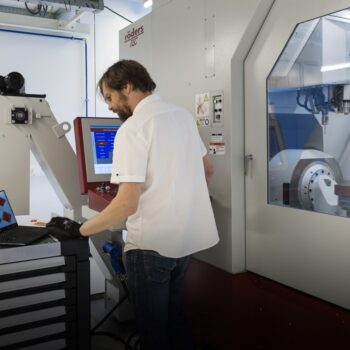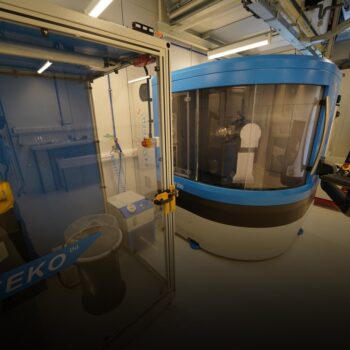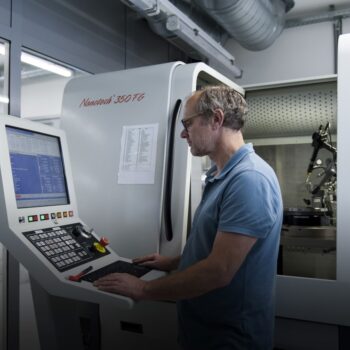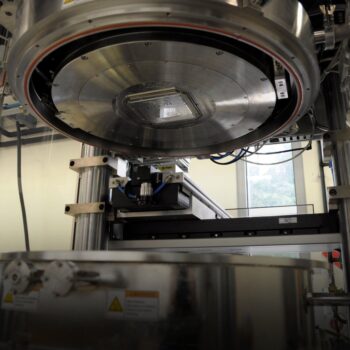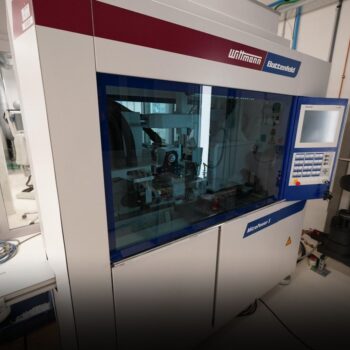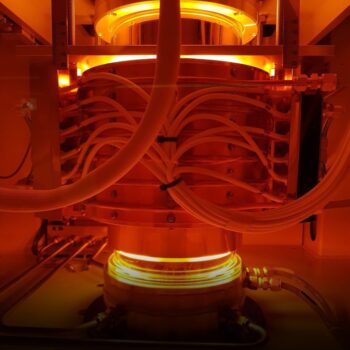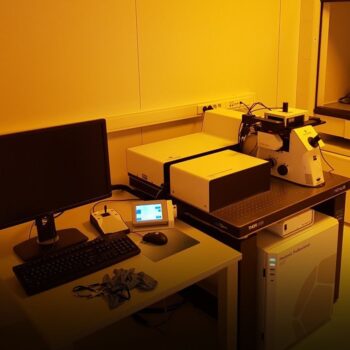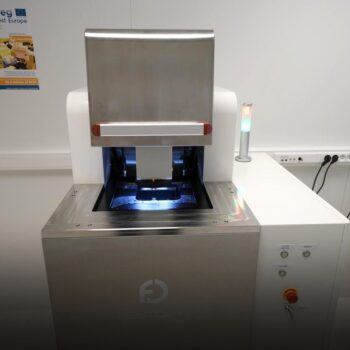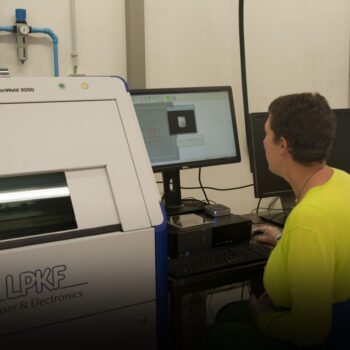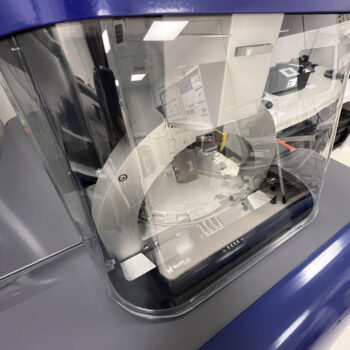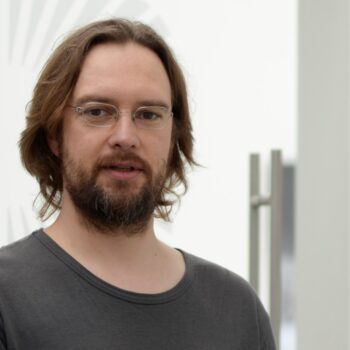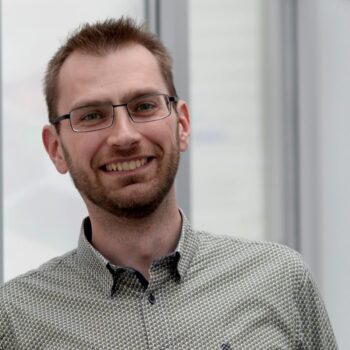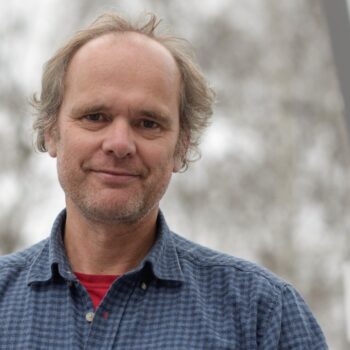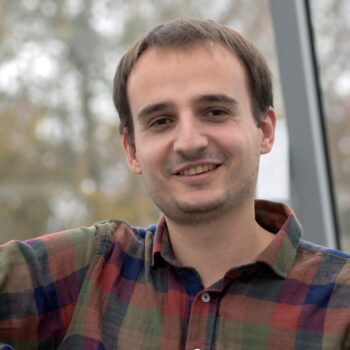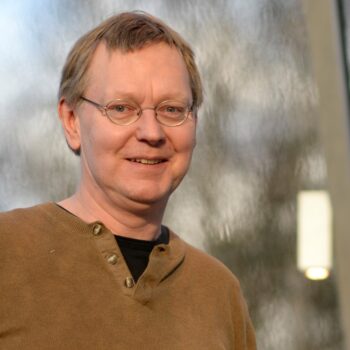Optics Manufacturing
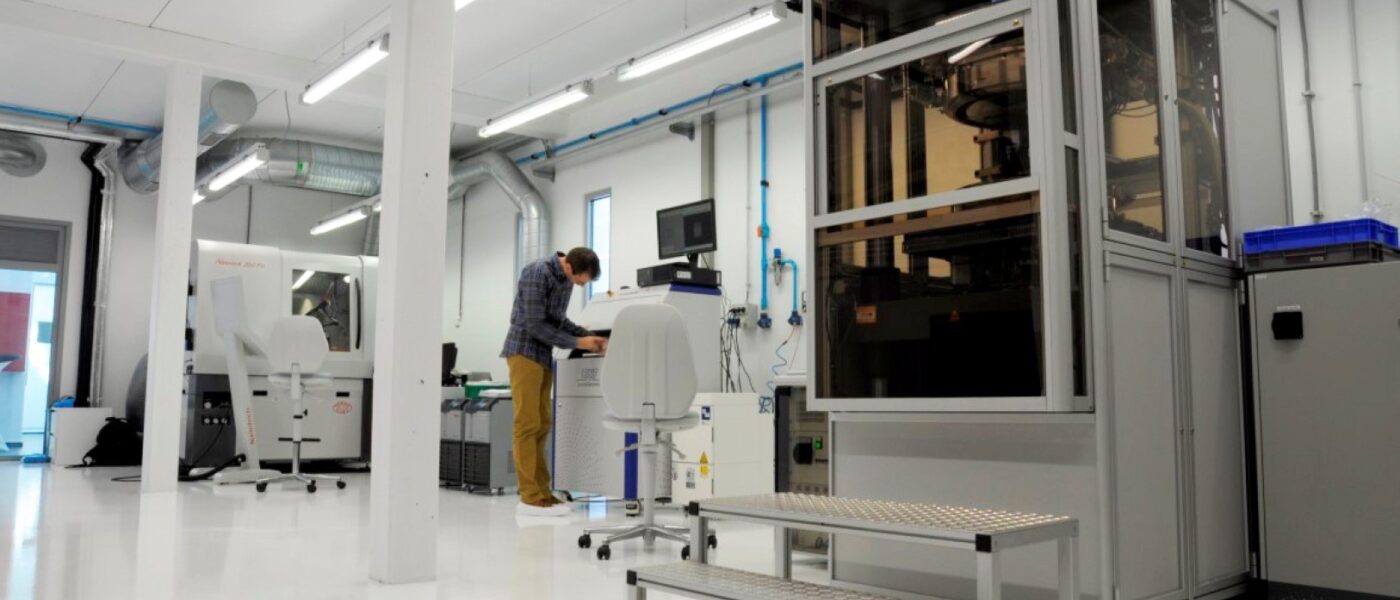
In the B-PHOT Innovation Center, a complete pilot line for free form optics is available. Free form optics for imaging and non-imaging applications, in glass, plastic, semiconductor material can be realized for prototypes, molding or low volume production.
To make free form optics in plastic, we have the option of directly machining a prototype using ultraprecision diamond tooling, or to make small series via mold manufacturing and subsequent replication through hot embossing or (micro-)injection molding.
For the manufacturing of free form optics in glass, we have the possibility of grinding and polishing the glass directly, or to make small series via mold manufacturing, followed by bonnet or fluid jet polishing and subsequent replication through glass press molding.
We also have in-house fabrication capabilities for the manufacturing of microfluidics, micro-optics and diffractive optical elements through laser-based machining, namely two-photon polymerization-based 3D printing in polymers (additive manufacturing), or femtosecond laser micromachining in glass (subtractive manufacturing).
Direct prototyping and mould manufacturing
High-precision dual-spindle 5-axis milling enables us to fabricate optical moulds in metals, which can subsequently be used as a shim in a replication process. The finishing of the moulds to achieve optical quality surface roughness can be done using 5-axis ultraprecision diamond tooling or 7-axis bonnet or fluid jet polishing. Examples of fabricated freeform optics can be found here.
Replication in polymers or in glass
When a series production is required, B-PHOT offers replication in thermoplastic polymers using hot embossing or (micro-)injection moulding. The former allows wafer-scale replication up to 300mm (12" wafers), with cycle times typically on the order of 5-10 minutes. The latter allows replication in much larger volumes, with cycle times that can go down to a few seconds, depending on the mould design.
Next to polymer replication, B-PHOT also has glass press moulding equipment to enable replication in glass.
Examples of replicated freeform optics can be found here.
Laser-based manufacturing
Two-photon polymerization laser direct writing allows us to 3D print structures with feature sizes smaller than 200nm. This enables the design and rapid fabrication of multilevel diffractive optical elements (DOEs) for beam shaping, beam splitting or pattern generation. Or of interfacing micro-structures for fiber-to-fiber or fiber-to-chip interconnections, through mode field conversion tapers. Larger area structures such scaffolds for cell work or such as micro-lenses or micro-mirror arrays are also possible. Examples of fabricated structures can be found here.
Femtosecond laser micromachining allow for subtractive machining of glass, for the fabrication of microfluidic chips, micromechanical components and micro-optics. In this case, laser exposure of the glass is followed by selective wet etching to remove the exposed material.
We also have clear-to-clear polymer laser welding equipment. This allows local welding of transparent polymer samples, which is especially useful for the sealing of microfluidic devices made of polymers.
B-PHOT is able to produce Fiber Bragg Gratings (FBGs) with a commercial NORIA manufacturing station. This tool utilizes a deep ultra violet laser and a phase mask to transfer a periodic refractive index pattern into the core of a photosensitive optical fiber. The obtained FBGs are used as sensors for mechanical strain and/or temperature in diverse applications, such as health monitoring of aircraft or civil engineering structures.

